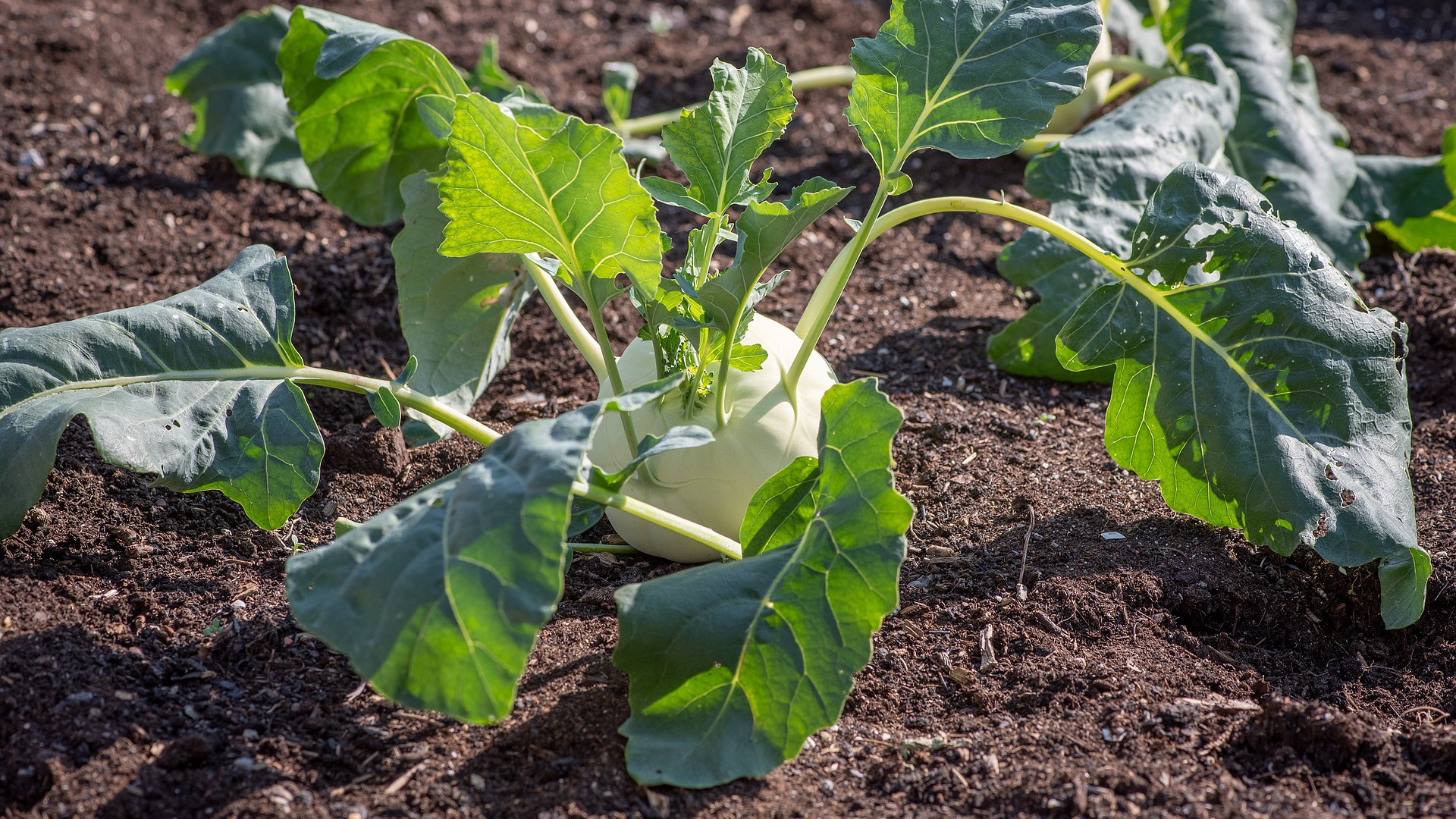Kohlrabi is among the most popular vegetables in the Czech Republic. On average, we consume approximately 2.5 kg per person each year. And it’s no wonder. They taste great and are very versatile. You can eat them raw, cooked, fried, or even baked with cheese. Their mild, slightly nutty-sweet flavor and crunchy texture make them a staple in many dishes.
Health Benefits of Kohlrabi
Kohlrabi is not only tasty but also extremely healthy. They contain plenty of vitamins, minerals, and fiber. The bulbs are rich in vitamin C, which boosts immunity and protects cells from oxidative stress. The leaves contain multiple times more of this vitamin and also calcium, which is important for healthy bones and teeth.
Kohlrabi is also a great source of potassium, magnesium, manganese, iron, and phosphorus. They also contain B vitamins, nicotinic acid, pantothenic acid, and folic acid. All these substances play a key role in many bodily processes – from blood formation to the proper functioning of the nervous system.

Thanks to their high fiber content, kohlrabi can also help regulate cholesterol levels and support digestion. Soluble fiber binds cholesterol and helps eliminate it from the body. Insoluble fiber supports proper bowel function and prevents constipation.
Recently, it has also been shown that kohlrabi may have protective effects against colon cancer. This is due to the presence of glucosinolates, compounds typical for cruciferous vegetables. These are converted in the body into active compounds that can inhibit the growth of cancer cells.
Kohlrabi in the Kitchen
There are countless ways to prepare kohlrabi. Raw, they are great in salads, where their crunchiness and fresh taste stand out. Try grating them finely and mixing with carrots, apples, and sour cream. This creates a refreshing spring salad full of vitamins. You can also bake them with béchamel and cheese, or simply fry them in a pan with herbs.
For those who like to experiment, kohlrabi can be the base for delicious spreads or smoothies. Their mild flavor pairs well with herbs like thyme or rosemary. And how about trying kohlrabi fries? Sliced thin, brushed with oil, and baked in the oven, they become a healthier alternative to classic fried potatoes.
Cooked kohlrabi is the base for dishes like kohlrabi cream or stewed kohlrabi with cream and egg. These recipes can be tasted in our restaurants as part of the Journey to the Plate. Or prepare them at home according to the recipe of our chef Lukáš Sedláček.

Interesting Facts About Kohlrabi
Did you know that kohlrabi belongs to the same family as broccoli, cauliflower, or cabbage? All these types were bred from a single common ancestor – the wild cabbage.
If you suffer from bloating after eating raw vegetables, try cooking or stewing kohlrabi. Heat treatment helps break down some substances that can cause digestive issues.





